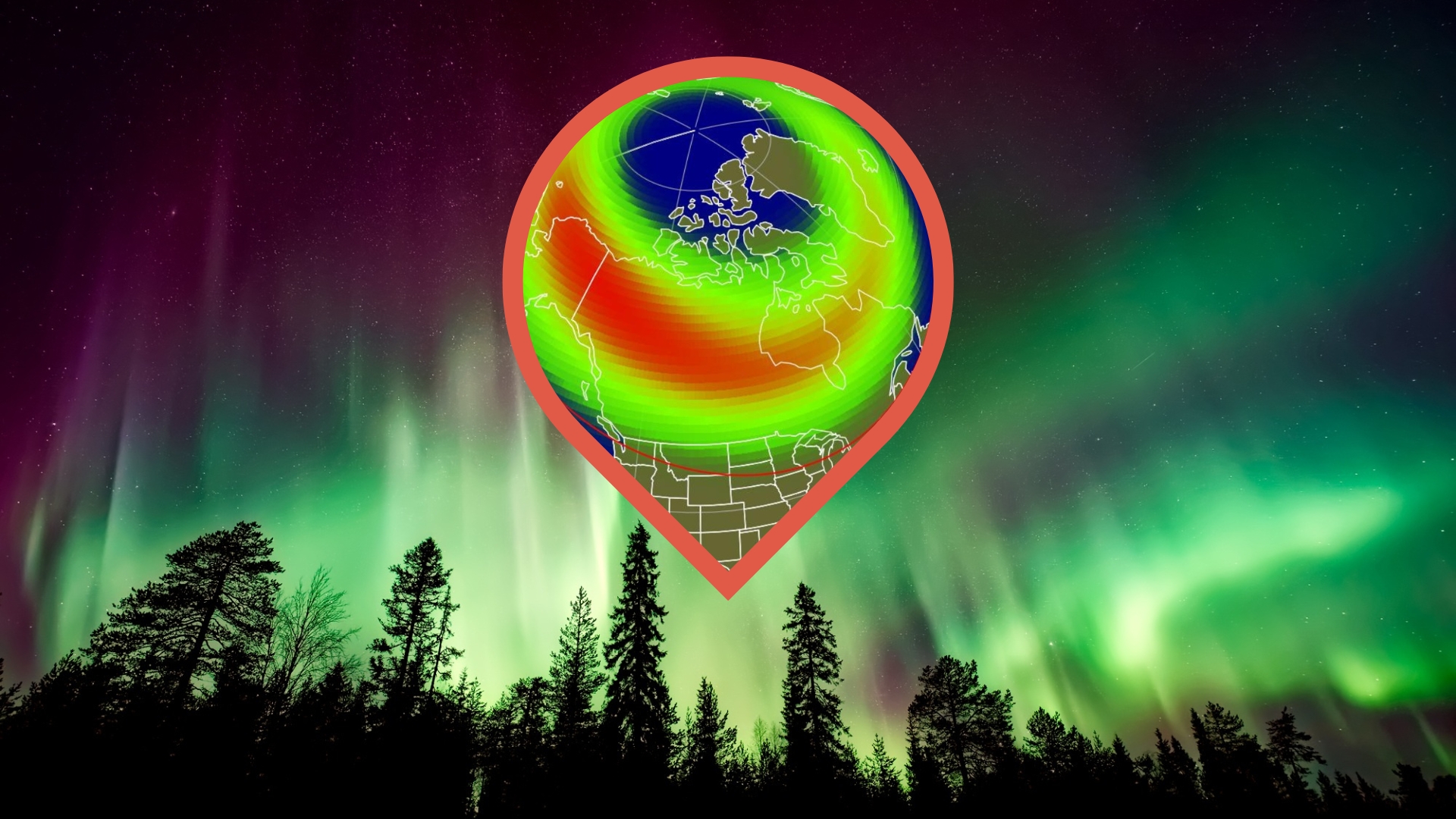Virgin Galactic's 1st Test Passenger Felt Like Spider-Man After Launch
Virgin Galactic's first test passenger spent part of her flight Feb. 22 "spidermanning along the ceiling" as the VSS Unity spacecraft successfully soared to a peak altitude that some say brought the vessel into space itself.
Astronaut trainer Beth Moses, along with pilots Dave Mackay and Michael "Sooch" Masucci, made it to an altitude of 55.87 miles (89.9 kilometers), higher than Virgin Galactic's historic Dec. 13 flight that reached beyond the U.S. Air Force-defined boundary of space for the first time. Both flights are still below the Karman line of 62 miles (100 km) that the International Astronautical Federation defines as the start of space.
"The heart of the evaluation was obviously the in-flight microgravity portion," Moses says in a video interview from Virgin. "So, once the rocket motor cut off," she continues, "they cleared me to unstrap from my seat, and I unstrapped from my seat, evaluated various aspects of the cabin, and then strapped back in for entry. And it all went smoothly and just according to timeline."
Related: Amazing Virgin Galactic Launch Video Shows Black Sky, Blue Earth
Moses was careful in her evaluation, she recalls while standing in front of VSS Unity. She started with a quick float out of the seat toward the window, marveling briefly at the "clear, clear view" below her. Then she strapped back in, to make sure the safety belt still worked. Once reassured, she unbuckled herself once more to see how the cabin rotated around her, then floated over to the windows optimized for apogee — the top altitude of the Virgin flight on its suborbital path.
"[It] was silent and beautiful and clear, and I was quite happy to be near the cockpit with our pilots, to celebrate apogee," she says. "And we all sort of marveled at how magic it was."
Moses' last test was, to paraphrase her words, flying like Spider-Man along the ceiling, then checking out the back of the spacecraft, before strapping in for a normal re-entry.
Breaking space news, the latest updates on rocket launches, skywatching events and more!
On the phenomenal view below her: "It was so clear!" Moses says. "It was crystal, crystal clear. Just super, super, super high def[inition]. And interestingly, you could sort of see ice crystals right out the window, and then the beautiful curvature of the Earth. It was so black in space and so clear and bright, especially with snow in the mountains. You could see the Pacific Ocean, see the southwestern United States. I felt like I was infinitely high. It was just beautiful. It was the most amazing thing."
While Moses was the first "passenger," there are hundreds more waiting for the same experience. There's a lineup of people who paid $250,000 apiece. But first among them is Virgin Galactic founder Richard Branson, who has said he hopes to fly on July 16, 2019. That date marks the 50th anniversary of the flight of Apollo 11, the first mission to bring humans to the surface of the moon.
- Virgin Galactic's Historic Space Trip Heralds a Coming Age of New US Human Spaceflight Leaps
- The View from Space Could Change the World, Virgin Galactic Says
- In Photos: Virgin Galactic's SpaceShipTwo Unity Soars to Space in 4th Powered Test
Follow us on Twitter @Spacedotcom and on Facebook.
Join our Space Forums to keep talking space on the latest missions, night sky and more! And if you have a news tip, correction or comment, let us know at: community@space.com.

Elizabeth Howell (she/her), Ph.D., was a staff writer in the spaceflight channel between 2022 and 2024 specializing in Canadian space news. She was contributing writer for Space.com for 10 years from 2012 to 2024. Elizabeth's reporting includes multiple exclusives with the White House, leading world coverage about a lost-and-found space tomato on the International Space Station, witnessing five human spaceflight launches on two continents, flying parabolic, working inside a spacesuit, and participating in a simulated Mars mission. Her latest book, "Why Am I Taller?" (ECW Press, 2022) is co-written with astronaut Dave Williams.
